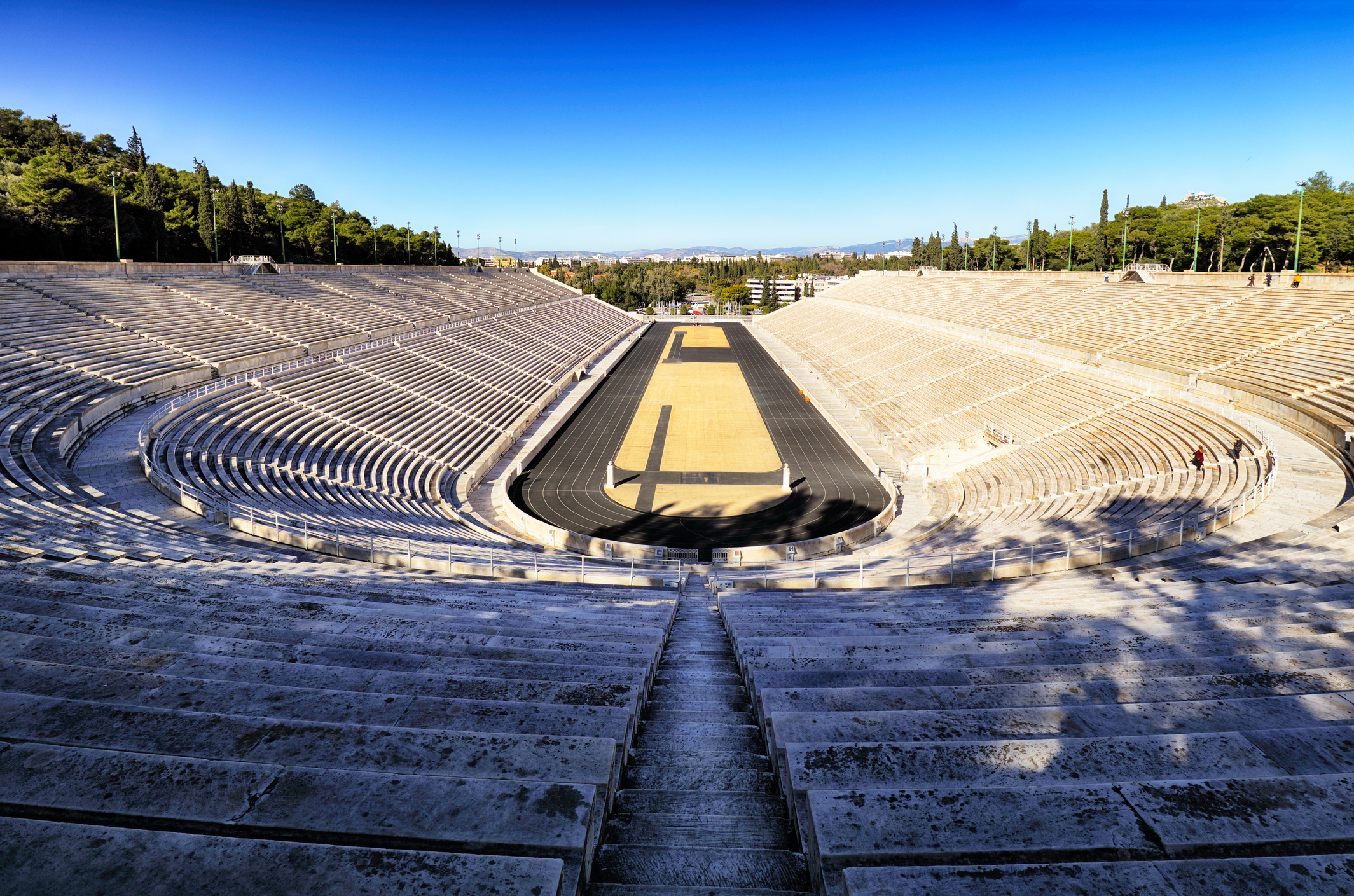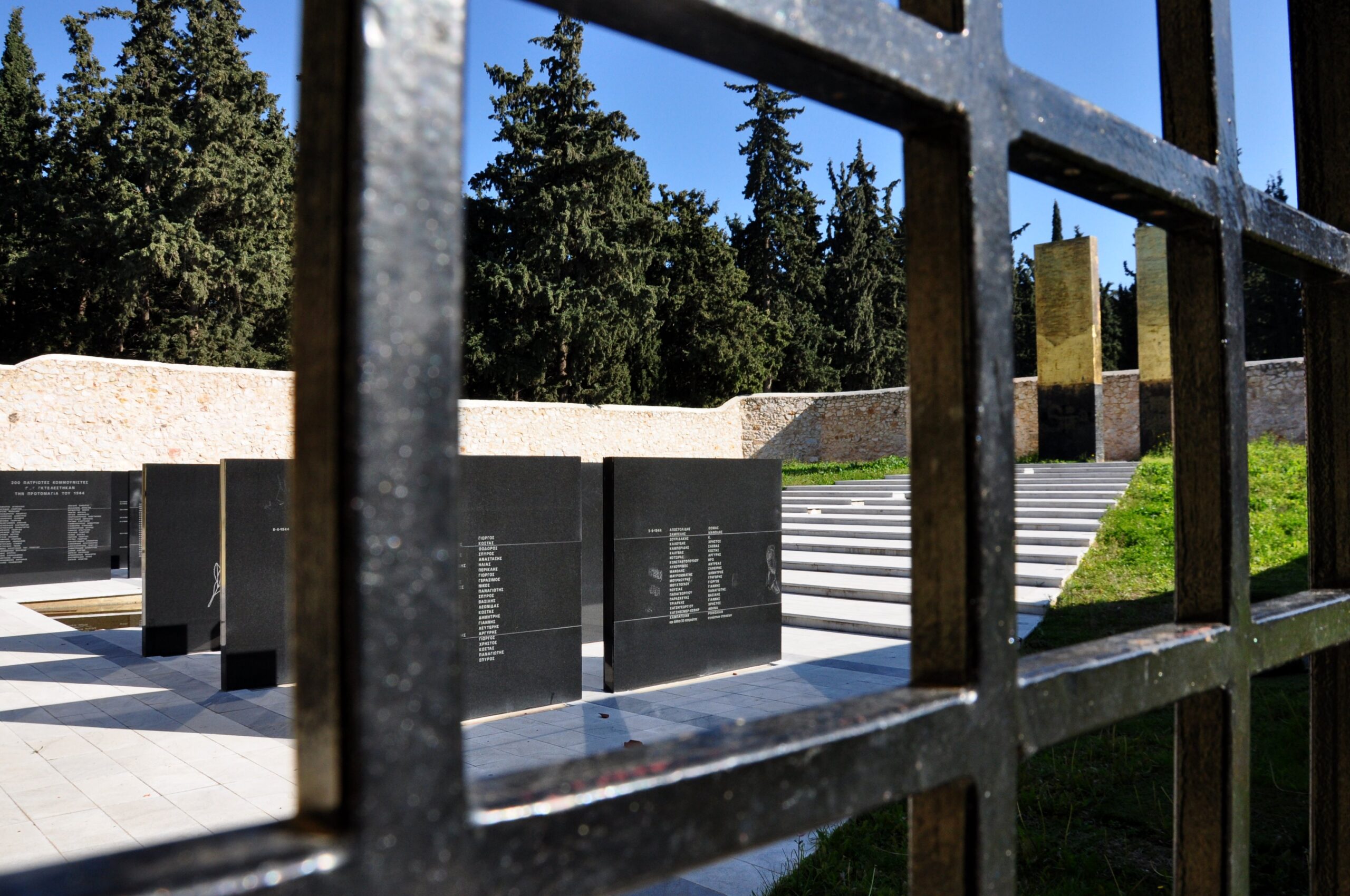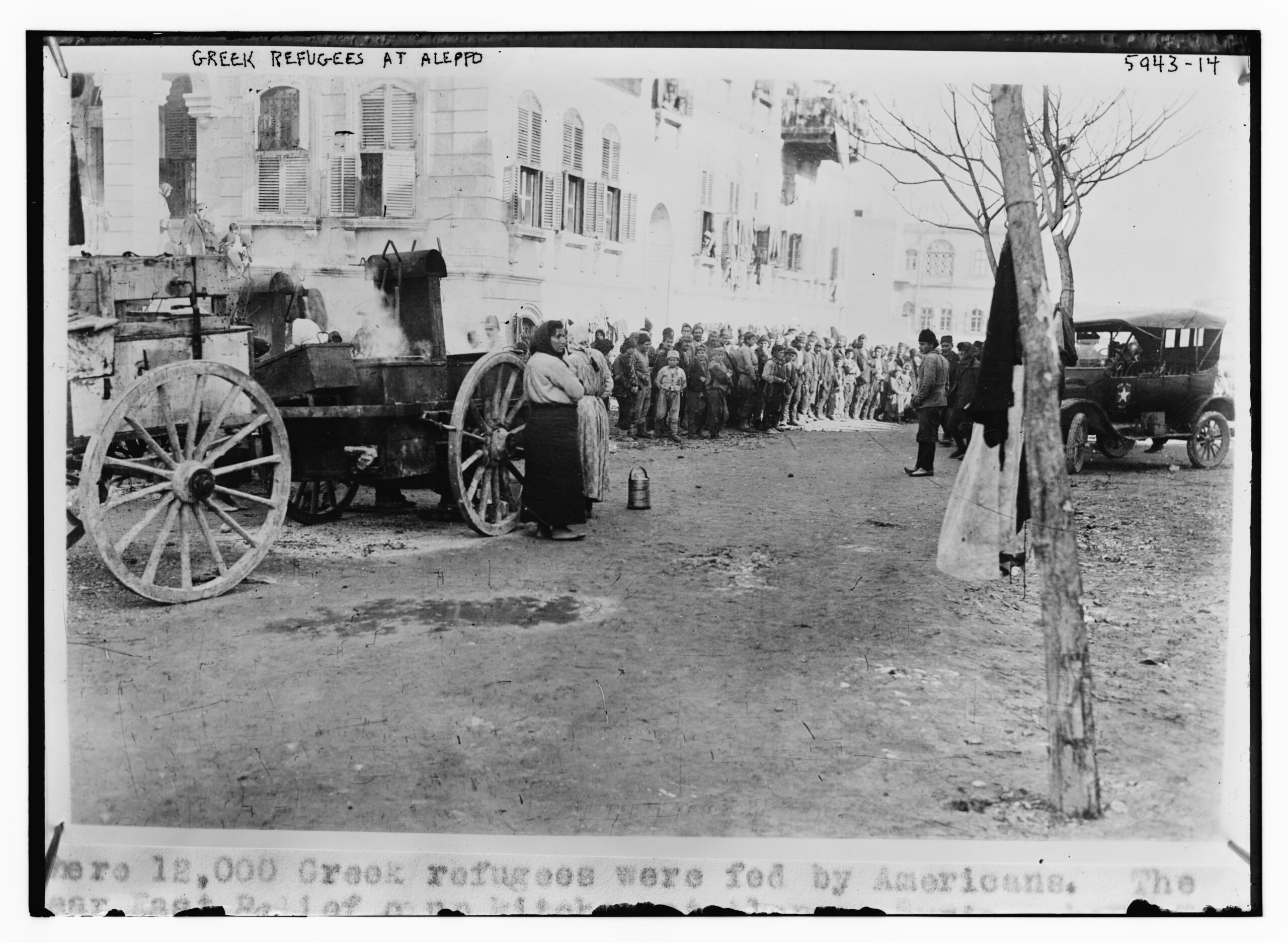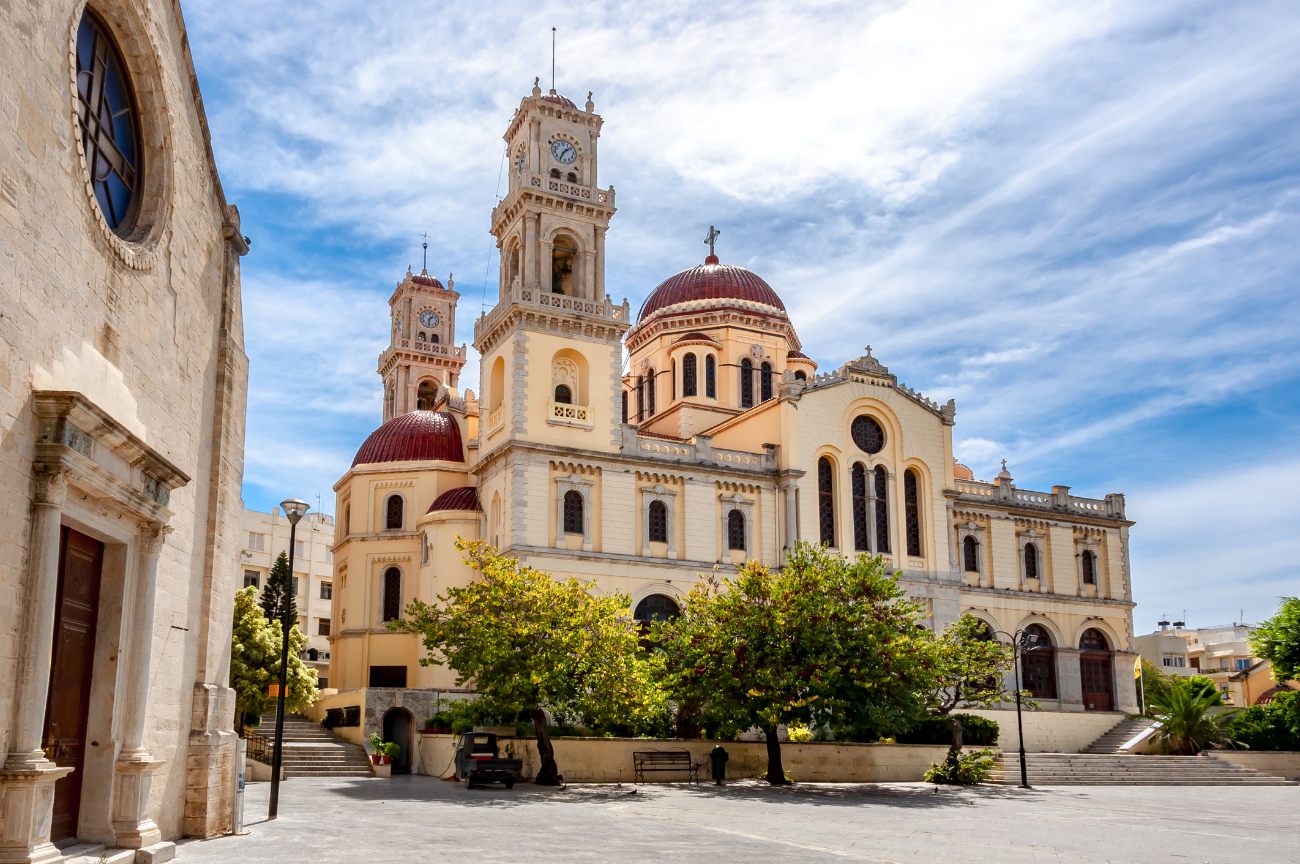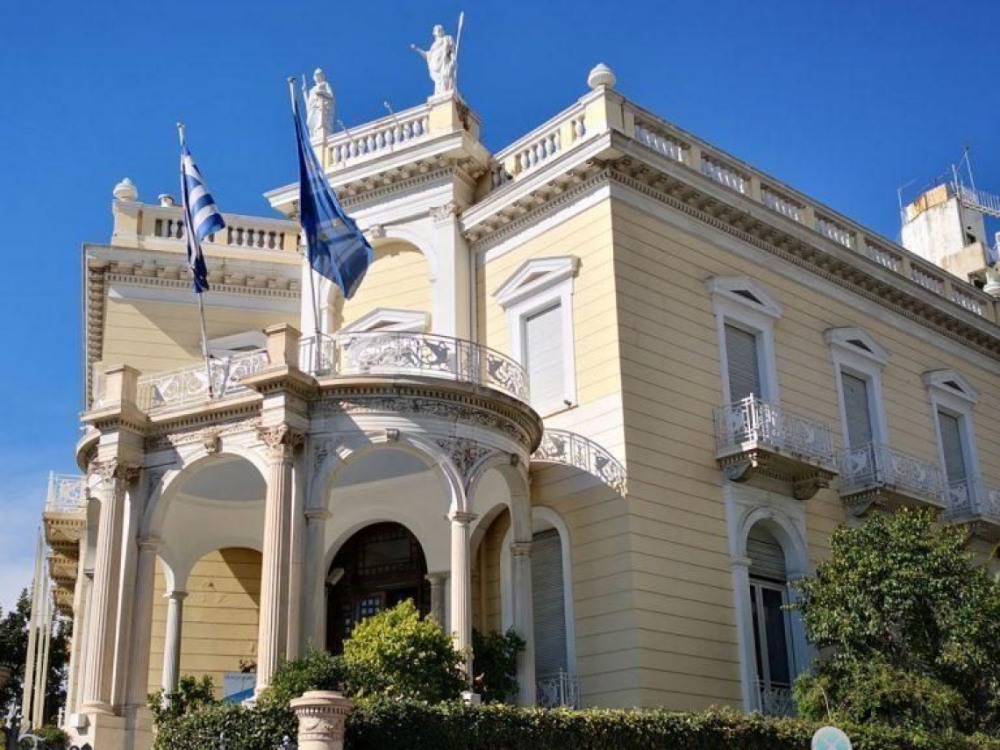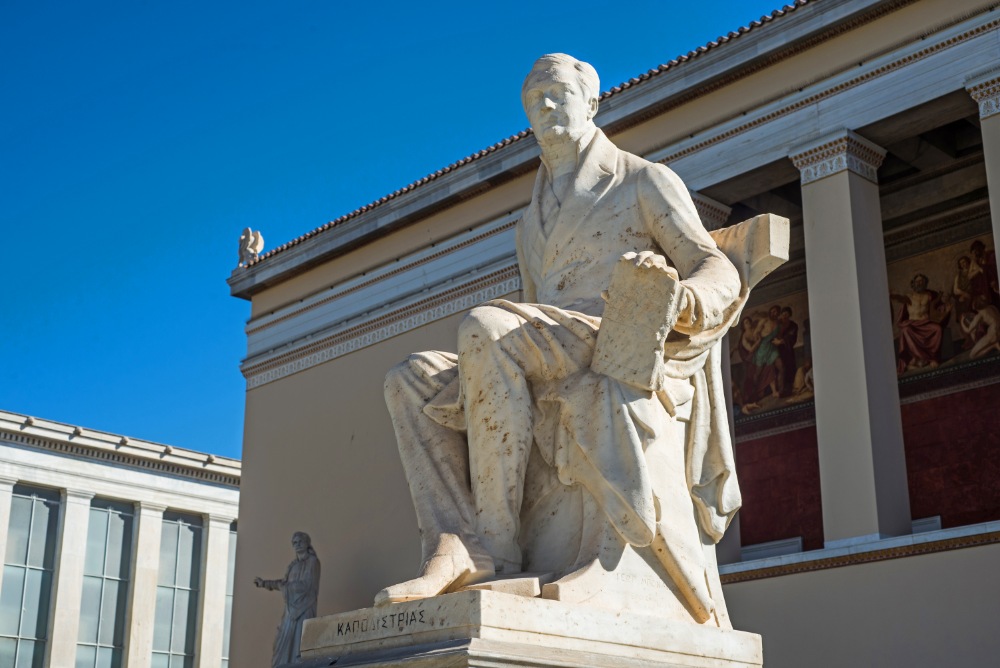Thessaloniki’s Transformation
In the heart of Thessaloniki, the whispers of the past echo through the vibrant streets, where the once formidable city walls stood as silent sentinels. These Byzantine fortifications, constructed between the 4th and 12th centuries, were essential for protecting the city from invaders. The walls, which encircled Thessaloniki and reached the sea, played a central role in the city’s defense, especially in the early medieval period. However, by the 19th century, as the city grew under Ottoman rule, the tides of change began to reshape its landscape.
In the 1860s, the Ottoman Empire undertook ambitious reforms aimed at modernizing Thessaloniki, and a significant aspect of this transformation involved the gradual dismantling of parts of the city’s historic fortifications. This was not limited to the sea-facing walls, but also extended to portions of the city’s land defenses. The aim was to create space for urban expansion and facilitate the city’s growth as a commercial hub. The removal of these walls allowed for the development of new streets, markets, and infrastructure that accommodated the bustling trade and cosmopolitan life that would come to define Thessaloniki in the late 19th century.
The decision to dismantle these fortifications marked a profound shift for Thessaloniki. As the city expanded beyond its protective barriers, it embraced a new identity—one that was shaped by the influx of various cultures and the thriving commercial activity of the port. The sound of merchants peddling their wares, the vibrant chatter of different communities, and the new architectural landscape began to replace the solemnity of the ancient walls.
Today, as one strolls through the city, fragments of these once-impregnable fortifications still stand as a reminder of Thessaloniki’s layered history. While much of the past has been swept away by modernization, the remnants of the old walls—especially in areas like the Heptapyrgion fortress—serve as poignant symbols of the delicate balance between preservation and progress that continues to define the city.



